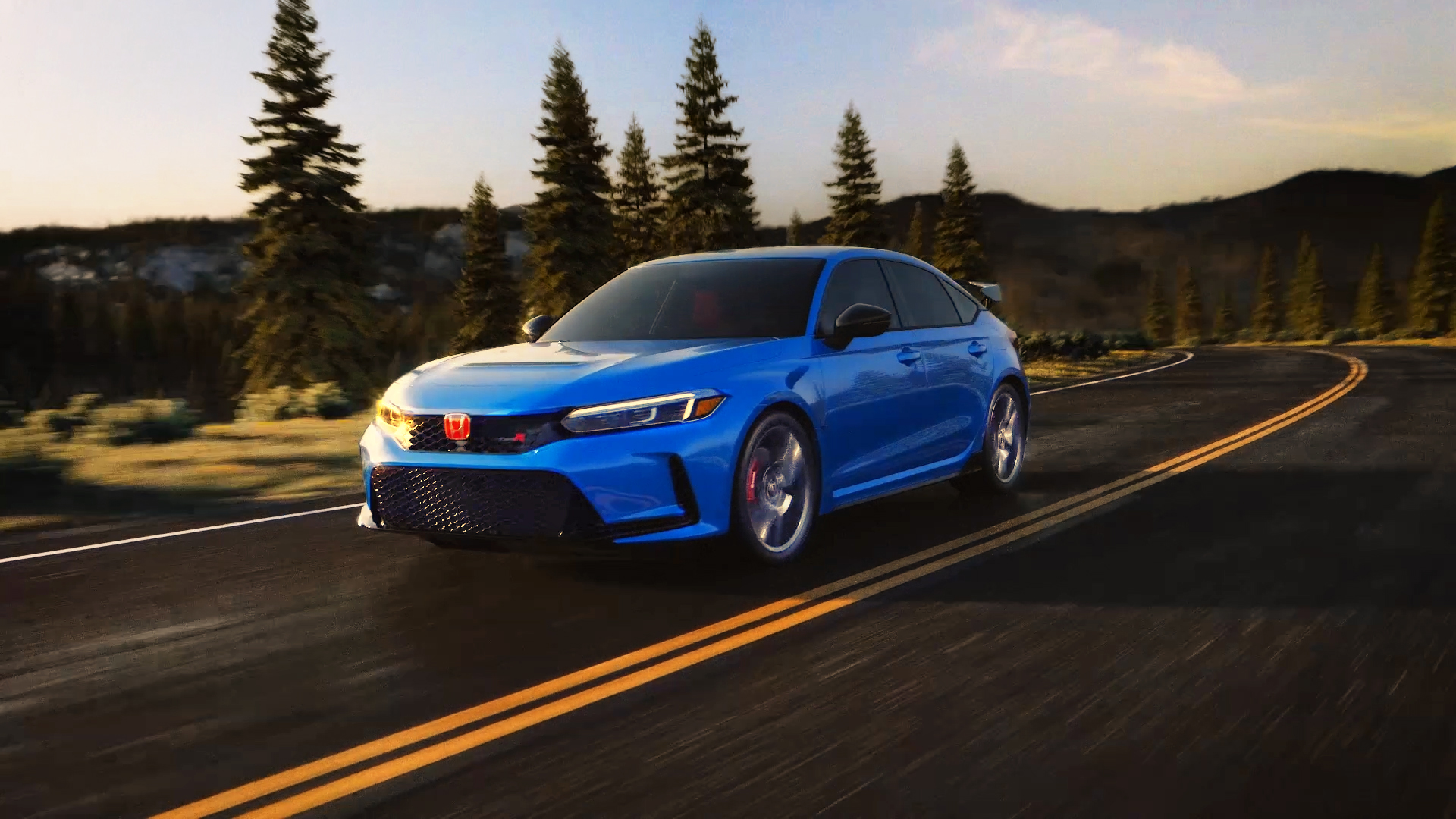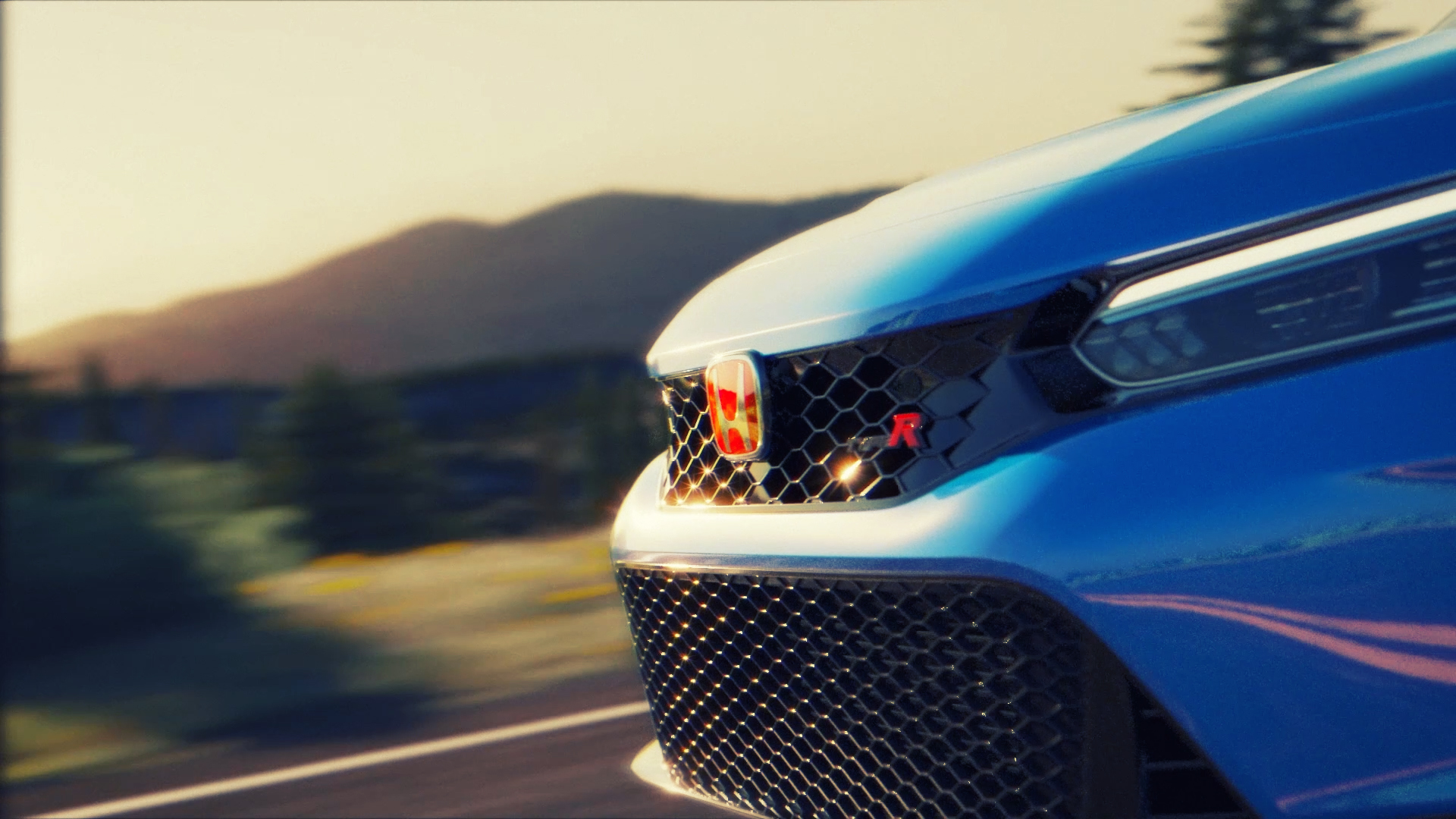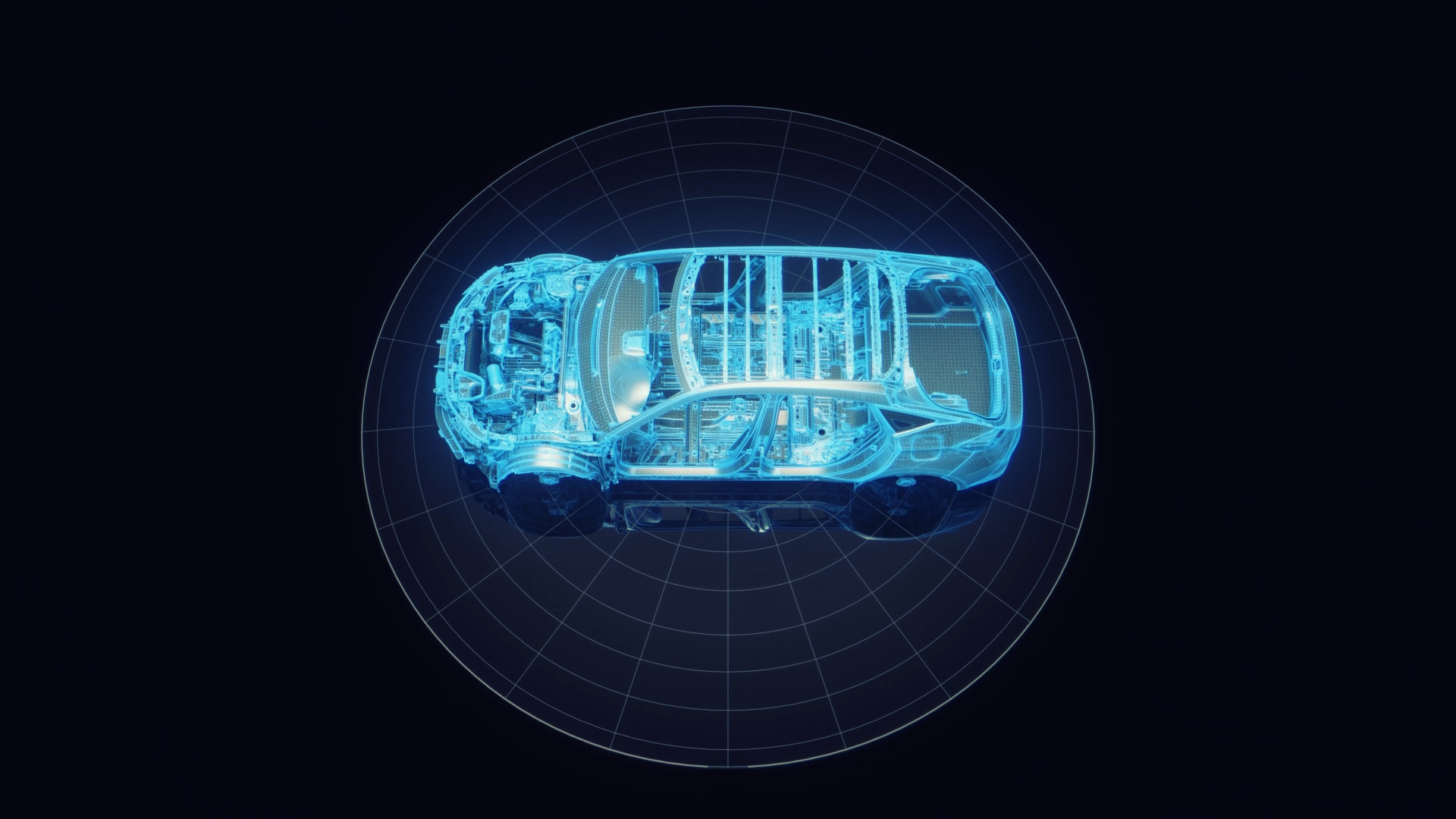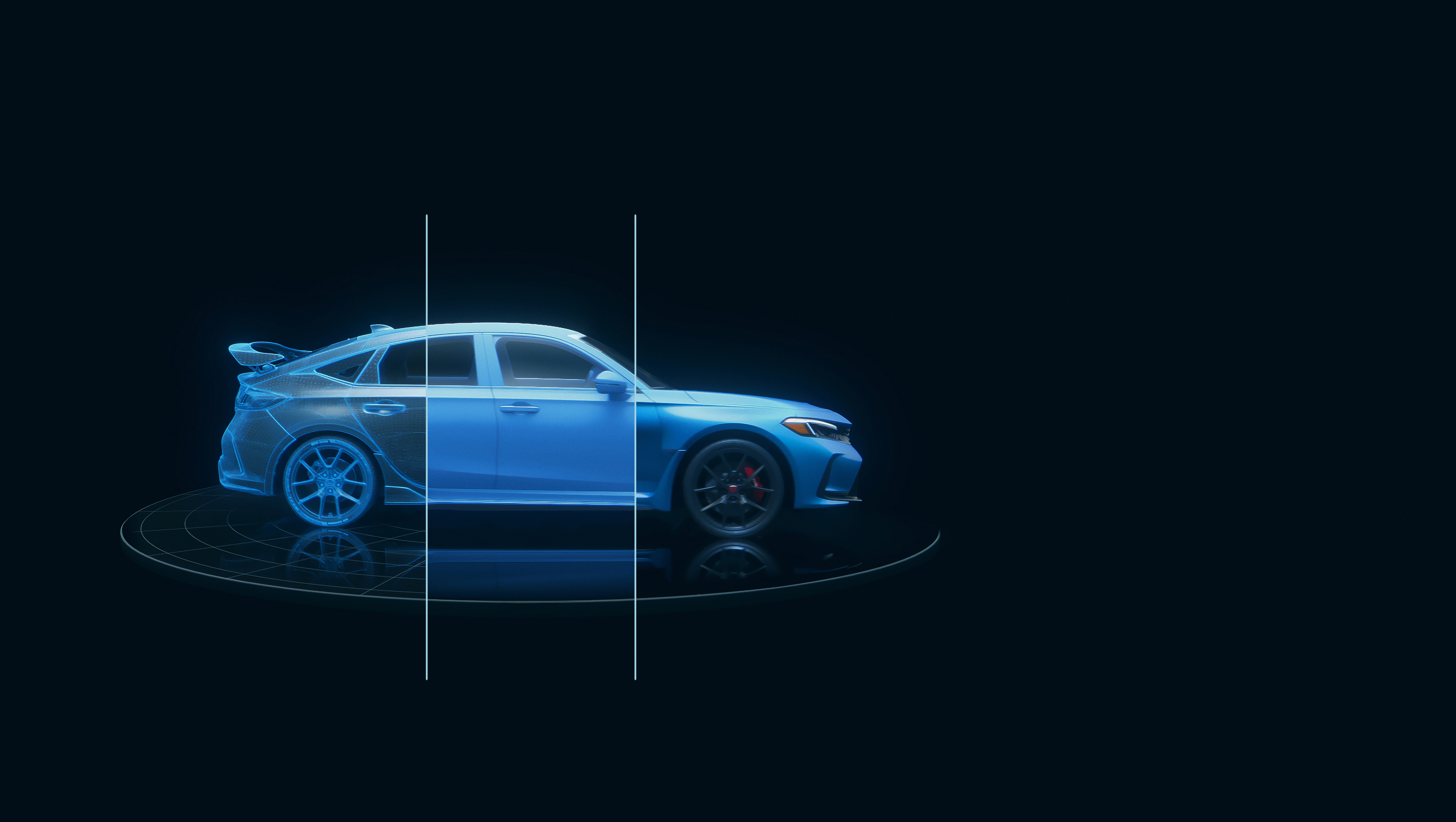
Getting images and video for campaign marketing can be a pain in the… asset. From a strategic standpoint, there are nuances of product, audience, and messaging that must be balanced in a coherent campaign. Driving connections between brands and consumers is often limited by what resources we can make efficiently and effectively.
Commissioning prototype products, sourcing photographers, creating shot lists, and planning shoots, re-shoots, and pick ups – all with different backdrops and sets takes time and budget. But with digital twins, you can have as many pictures, videos, and environments as you can possibly dream of. And the beauty of it is: you’ve probably already got what you need.
Digital twins aren’t a new idea. In automotive, they’ve been used for at least a decade in online configurators and mainstream advertising. But the worlds of fast moving consumer goods and wider industries have been slow to adopt the approach. However, thanks to emerging technologies including AI and the fast adoption of game engines like Unreal Engine 5 into 3D workflows, digital twins are being put front and centre of the creative agenda. And with the rise of spatial computing, they’re the backbone of next generation immersive tools.
What is a digital twin?
A digital twin is a 3D model of a conceptual or existing physical product, place, or person. It’s high fidelity, can be rendered photorealistically, and – crucially – independent of other campaign requirements such as environments or even completed branding. Imagine having the ability to generate as many images, videos, and animations as your creative mind can fathom, all while leveraging assets you probably already possess.
Because digital twins are incredibly accurate representations, even recreations, of their physical counterparts they open up a world of possibilities, allowing marketers and branding experts to showcase products in various contexts without the need for extensive photoshoots. Creating in this way is undeniably resource-intensive and often involves significant effort in rendering. For this reason, the true value of digital twins lies in long-term use and reuse.
By investing in these digital assets, we're building a reusable, versatile content library for countless future projects. We can pull as many versions of assets as we need, for any channel, at any time – creating varied and integrated digital content ecosystems from configurators, to experiential VR, to social, to CRM. With our digital twin at the centre, this approach allows real-time adjustments in lighting, textures, camera angles, and assets, ensuring maximum flexibility.
Every time we repurpose a digital twin/virtual environment, we reduce the need to expend additional resources. This cumulative saving is a substantial stride towards green content creation initiatives, as well as providing a positive impact on the bottom line. A single 3D model can serve as the foundation for an entire campaign, providing marketers and creatives with the flexibility to adapt and repurpose content almost on the fly.
Sustainability

Mitigating climate change – driven by increased production, industry, and energy generation – should be at the top of every business’ agenda right now. But it would be obtuse to suggest that companies stop developing new products and marketing them to consumers. The solution is to reduce the environmental impact of that process. Because digital twins are entirely, as the name suggests, digital there’s no need to manufacture physical prototypes, book studios, or fly talent and equipment around the world to build a campaign asset library. Using some simple 3D software (Maya, Cinema 4D, Blender and so on) coupled with a real-time rendering platform game engine (say, Unreal Engine) we can mitigate the need for a hefty carbon footprint, enabling businesses to opt for a greener production process.
And it goes further. Traditional photoshoots often generate waste in the form of discarded props, backdrops, and materials. Digital twins remove this waste entirely, fostering a more sustainable and eco-friendly approach to content creation, while providing unlimited iterations without the environmental toll of repeated physical production. This is where strategy and practicality meet, enabling us to engage in the nuances of personalisation, cost, efficiency, and the environment.
Unreal Engine
At the heart of the digital twin revolution is Unreal Engine, the now-ubiquitous tool for modern content creators, filmmakers, and XR pioneers. Unreal Engine is a powerful tool that enables the creation of high-fidelity, interactive, immersive 3D content. It provides a robust set of features, including real-time rendering, dynamic lighting, and immersive simulations, making it an ideal platform for digital twin development.
Digital twins utilising Unreal Engine boast a fast turnaround time, allowing marketers and creatives to expedite their campaign development process. Real-time rendering capabilities mean that changes and adjustments can be made on the fly, ensuring a seamless and efficient workflow.
Production companies can supply 3D authoring tools like Unreal with almost unlimited data, and can automate asset generation workflows for everything from watches to handbags and cars. Whether it’s high-end consumer goods or high street fashion, digital twin methodology gives brands the strategic flexibility to iterate on marketing imagery without physical restraint. Imagine having a handbag available in 20 colours. You might need images of each variant, collections of colours, pairings with other products, and the whole family. In a traditional approach you would need to plan and photograph those images. With digital twins, you can generate them and add more as you go.
Unreal offers real-time previews, allowing creators to visualise and fine-tune their digital twins with unparalleled precision. This not only streamlines the creative process but also ensures that the final product meets the highest standards of quality and authenticity.
Omnichannel marketing
The applications of digital twins in marketing and creativity are vast and transformative, redefining the landscape of omnichannel campaigns. They enable advertisers to revolutionise their approach to product promotion. From creating visually stunning social content to building engaging immersive experiences, the adaptability of digital twins ensures a cohesive and captivating brand awareness.
Distribution channels can be considered early on and no outlet needs to go unserved. By using digital twins we can have assets for TVCs, social media ads, branded spots, billboards, magazine spreads – the list goes on, right into the metaverse where digital twins have emerged as invaluable assets for creating NFTs. Businesses and creatives can tokenize their assets, unlocking new revenue streams and opportunities within the evolving digital economy, as we have seen with Nike, Gucci, and Burger King.
Getting started

The chances are, almost everyone working in product and brand marketing will have a 3D model of some kind, somewhere. Be that a CAD file or a fully prepared FBX, there’s going to be something around for production purposes. And if there isn’t, they’re not too hard to make. Marketers and artists with some skill in a 3D package like Maya or Blender can start capitalising on digital twins. As a side note, if 3D modelling isn’t in your toolkit I’d recommend watching the CG Fast Track Blender tutorial as a good place to start.
Once you have a 3D model you’ll need to create an environment for it to sit in (which you can do easily with AI), along with textures and lighting for the model itself. This is where Unreal Engine really comes in handy. If you’re already skilled in Unreal, then great. If not, then download it for free and drop by Unreal Sensei for a great primer.

In essence, you’re going to do some manner of compositing. Whether you choose to import your 3D model into Photoshop and build the environment there, pull it into After Effects, or go full on and use Unreal, you’ll be working with a realistic representation of your product. The great thing about doing this in Unreal is that the scene will take of the lighting for you so everything will match nicely. Render out stills or sequences and you’re good to go.
This is, of course, an oversimplification of how it’s done but the workflow itself is pretty straightforward. So if you’re working on a product campaign, have a think about using digital twins to build out your asset library, be reactive to changing marketing needs, and to give consumers the nuance and personalisation they need in a modern world.







